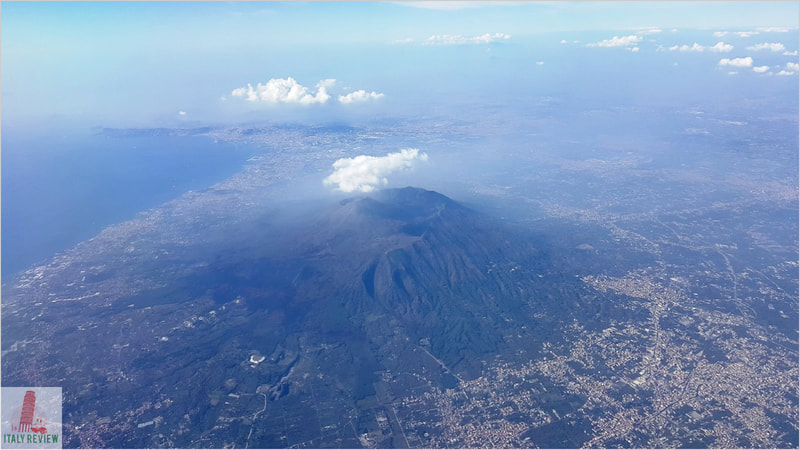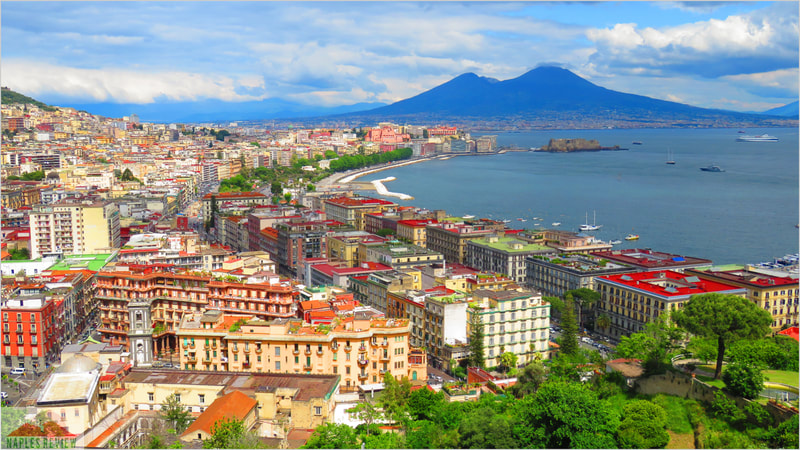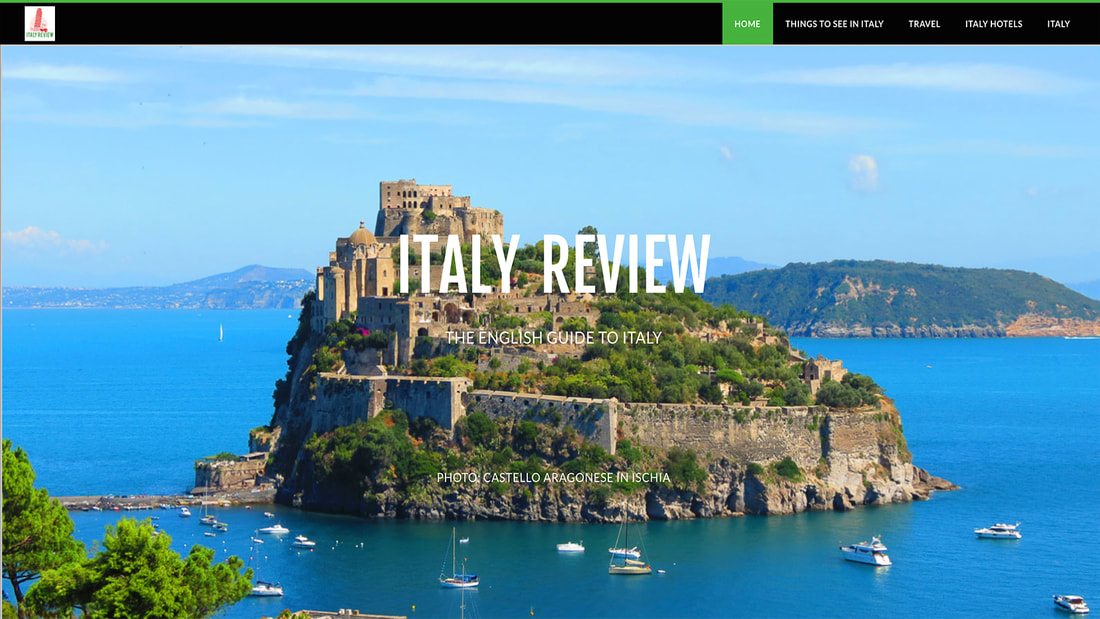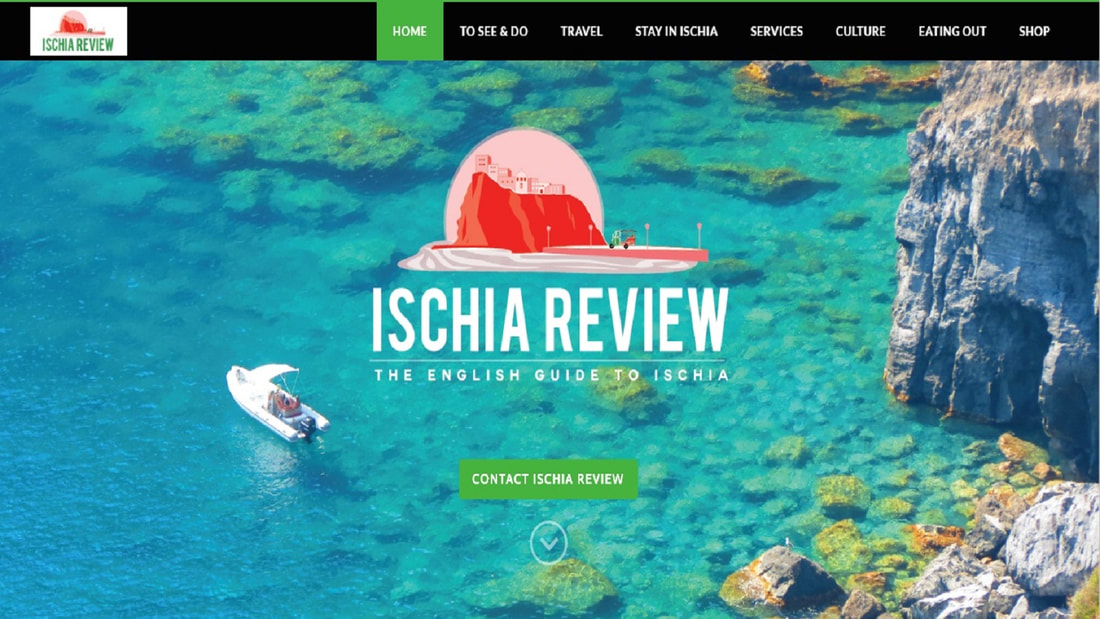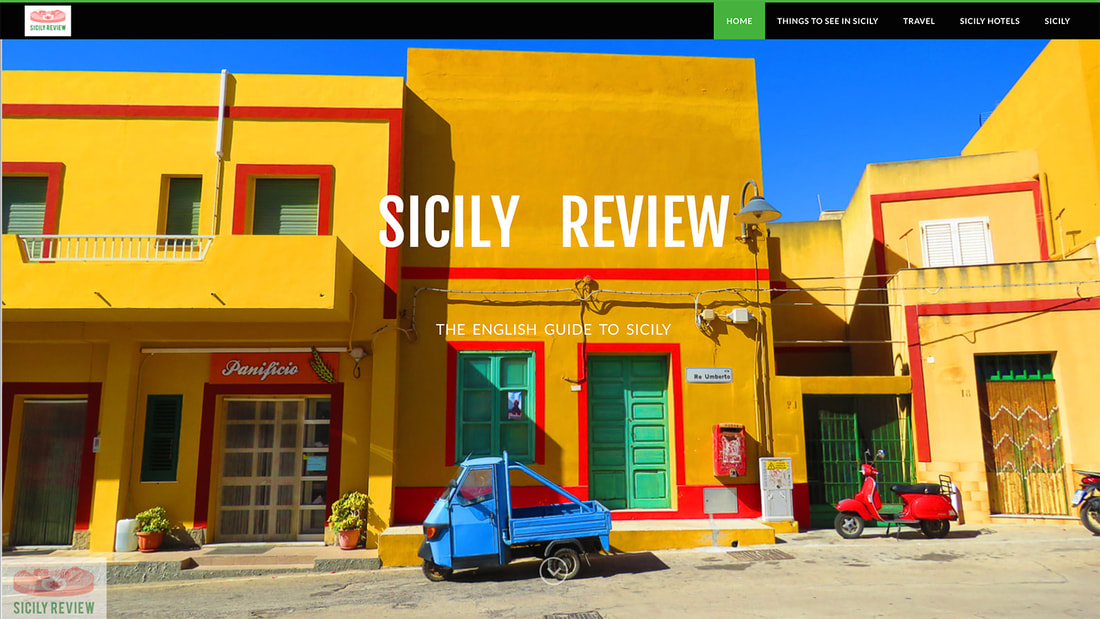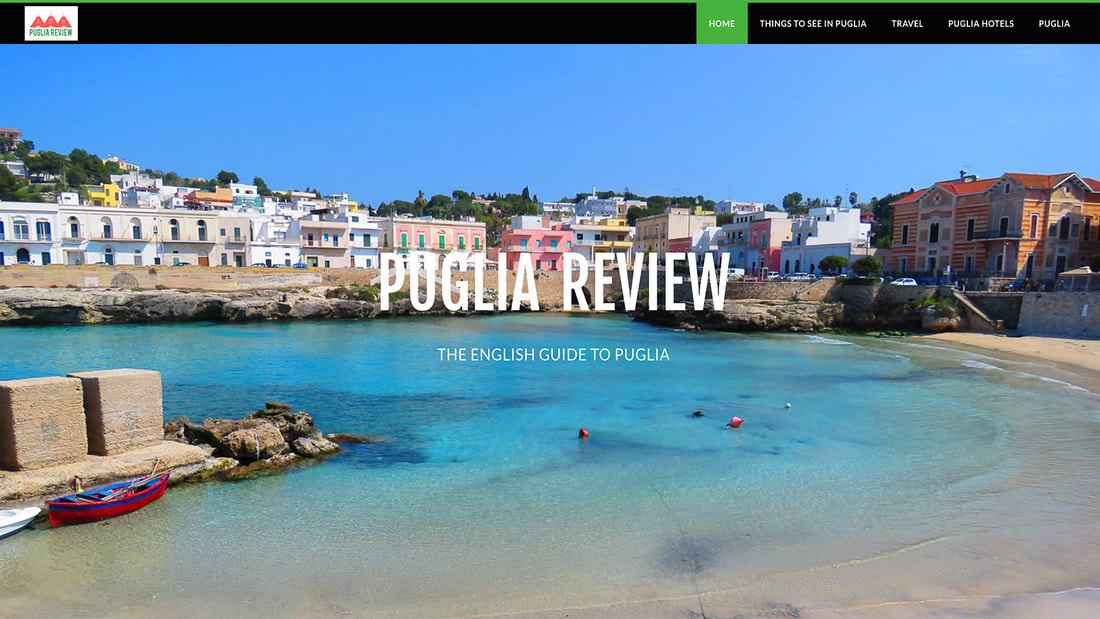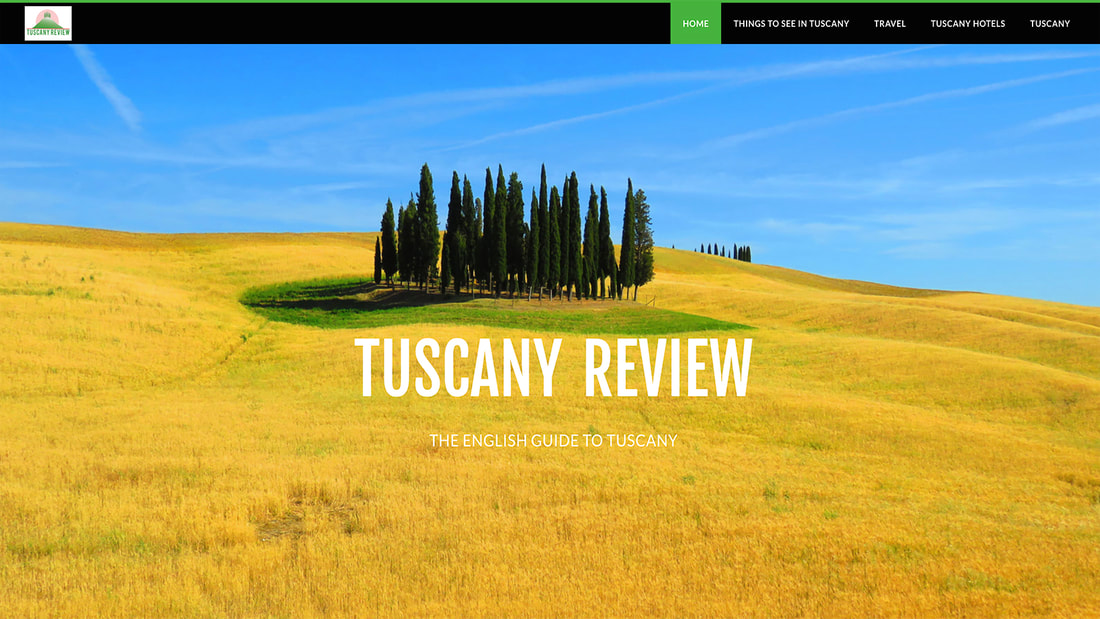Mount Vesuvius
Latest update: 29 January 2024
|
The Vesuvius National Park and Mount Vesuvius itself are situated within the Metropolitan City of Naples province. The park covers a total geographical area of 135 square kilometres.
Places of interest nearby include the archaeological sites of Pompeii, Herculaneum, Villa Oplontis and Stabiae, while Naples International Airport is 16 minutes away by car, 14 kilometres. |
|
Related links
|
Region: Campania
Province: Metropolitan City of Naples Height: 1,281 metres Close by: Pompeii, Herculaneum, Naples, Villa Oplontis, Stabiae Recommended accommodation: Hotel Pompei Be Green (19 km) By car: Naples International Airport - 16 minutes (14.5 km) |

